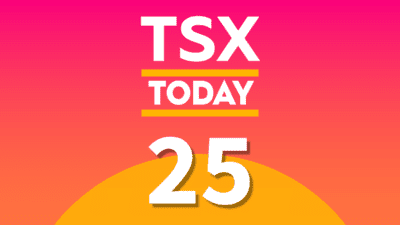New investors have it rough. Many were likely enticed by the quick gains in speculative tech stocks enjoyed in the back half of 2020 and the first innings of 2021. Those easy gains were quick to be surrendered, as the U.S. Federal Reserve told everybody to get ready for interest rate hikes to combat inflation. Is the Fed no longer a friend of the investor? Or are rate hikes a necessary negative for the longer-term health of the economy?
Inflation and volatility: A scary mix for new investors
Indeed, rate hikes will weigh on economic growth, dragging down price-to-sales (P/S) ratios considerably, as investors look more to price-to-earnings (P/E) as the go-to gauge of a stock’s valuation. While growth stocks may not be the best equipped to survive a tightening cycle, I think that investors should stay diversified and not attempt to time the markets moving forward.
Rates have been trending higher on the 10-year note. Although it seems like they can only go up, adding further selling pressure to beaten-down growth stocks, it’s worth noting that bond yields, like stocks, can fluctuate wildly in both directions. The Fed’s mission is to get rid of inflation, but it doesn’t want to cause more economic pain than is needed. The real question is whether or not a recession needs to happen to get rid of all the inflation we’ve been hit with.
Can inflation be stomped without sparking a recession?
If things go according to plan, stocks could have a soft landing in the cards. Further, if more rate hikes are needed, and rates rise above 3-3.5%, new investors heavy in tech stocks could be in for more pain. But once inflation backs off, there’s a real chance that the Fed will get some wiggle room to undo the rate hikes it put on to counter inflationary pressures.
Indeed, it seems like the tightening will only last once inflation is squeezed back to normal levels (think close to the 2% target). After, some cuts can be had until the optimal level is reached. Given all the geopolitical turmoil, it’s arguable that a return to lower rates can be in the cards once we’ve moved past this inflationary storm.
Indeed, it’s this scenario that should have investors staying the course with a diversified basket of value and growth stocks. Nobody knows if the inverted yield curve points to a massive recession or a brief one that may not drag down markets by over 30%.
It’s impossible to tell what’s up ahead. The fact that there’s doom and gloom on the Street, I believe, is enough reason to be a buyer. Smart billionaires like Bill Ackman and Warren Buffett have been busy throwing cash at bargains. Both men know things could get bumpy over the next year or two. But over the next 10, 20, or 30 years, they know the odds are on their side. So, if you’re a new investor who’s in it for the long term, I think buying cheap stocks on your radar is the way to go.
New investors: Stay invested in quality companies. Don’t time the bond market or stock market!
Buffett doesn’t care for macro projections as much as valuing individual companies. At this juncture, value plays like Royal Bank of Canada and beaten-up growth gems like Shopify seem like great nibbles on the way down. If rates continue their ascent, Shopify will plunge, but Royal could hold steady, as it benefits from margin expansion on deposits. And if the Fed backtracks after inflation is stomped out, Shopify is one of many growth darlings that could heat up again as fears prove overblown.
Indeed, it could go either way. So, be prepared for rates to go in either direction. Don’t position your portfolio in a way that it’d shed most of its value based on the trajectory of rates. If you play both sides of the coin, you can improve your odds of doing well long term.







